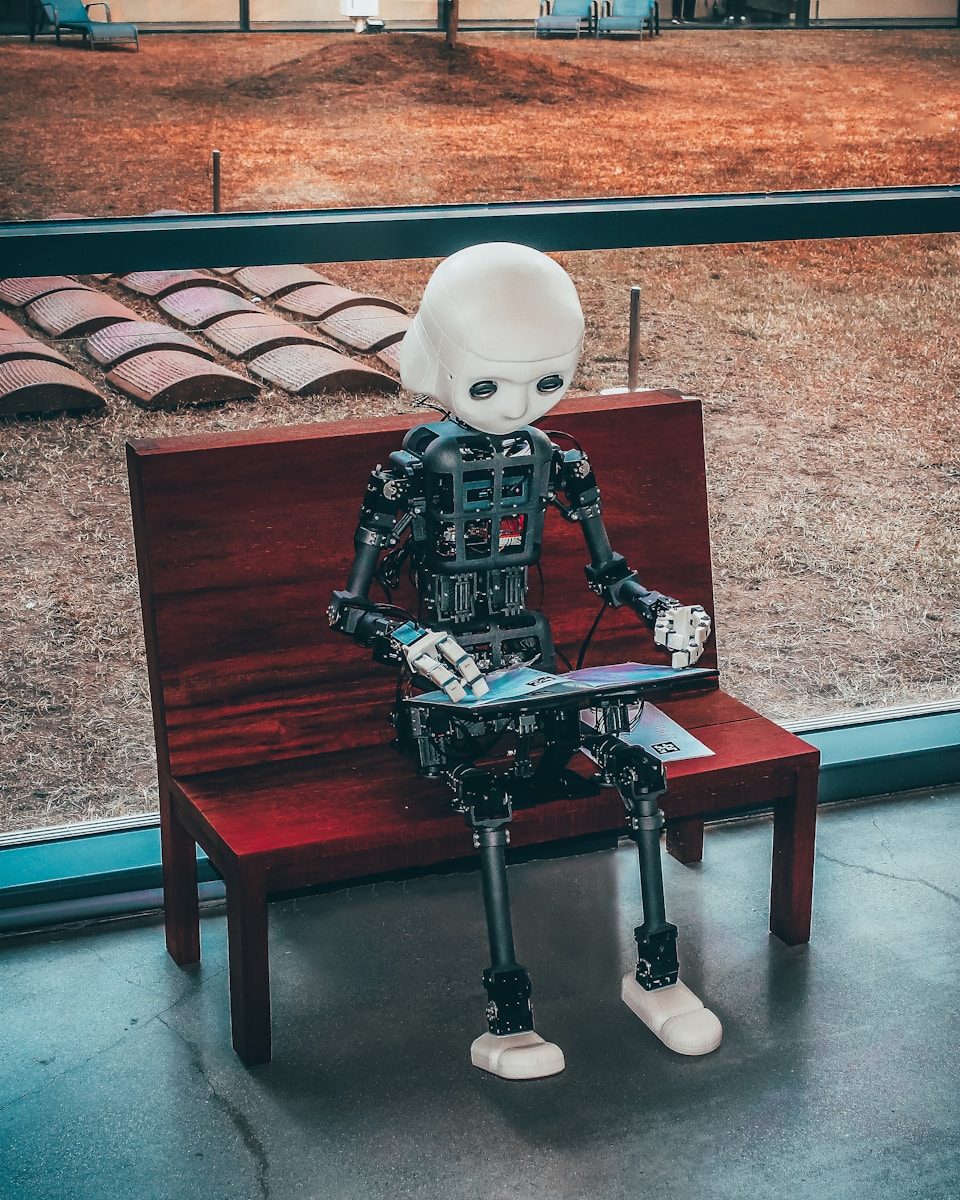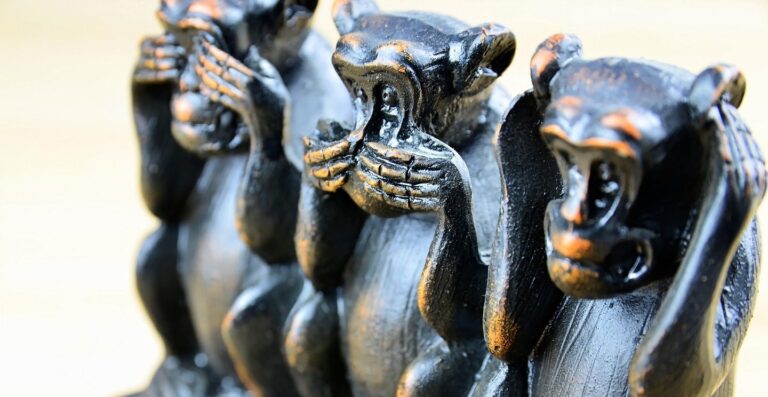ADEPTS 24: FORMS OF BIOELECTRICITY
By William C Bushell, PhD
As already indicated in the last several installments, the model of adepts developed by the present author, also working with a team of contributing specialists, includes practices which have the capacity to significantly, potentially even dramatically, enhance perceptual, cognitive, and other functions of the brain, mind, and consciousness (and see also Bushell 2009, 2016; Bushell and Stern 2022; Bushell, Baker, et al, in progress; Baker, Bushell, et al, in progress). We have begun to show how some of these practices utilize innate or endogenous forms of bioelectricity*, and in this installment we will focus on one particular potential mechanism, and the role of bioelectricity, and also of another form of vibrational energy, that of sound or sonic energy.
This new part of the model is based on the recent work of the present author in collaboration with the yoga teacher, scholar, and scientist, Eddie Stern, MA. It provides an integrative scientific foundation for considering certain yogic practices focused on the head, and on a range of cranial and subcranial structures and the use of a range of forms of energy, including sound, as well as bioelectricity – although the latter will be considered in more depth and detail in the future (and see also Baker, Bushell, et al; Bushell, Baker, Stern, et al).
In the original version of the model, developed in the yoga for covid context, Bushell and Stern (2022) explicated specific yogic practices which were originally developed to combat (most likely) a range of pathogens invading the host through nasopharyngeal openings, during normal breathing. Normally, the network of nasopharyngeal and connected passages in the head are maintained in a relatively sterile condition because of the usual presence of low levels of nitric oxide (NO), which substance is toxic against a large range of pathogens. However, during a particularly virulent intrusion of novel pathogens (such as in the case of covid, and others), larger amounts of nitric oxide may be required in order to combat such infectious threats. Quite interestingly, it is now known that there are large anatomical compartments or reservoirs of stored nitric oxide existing in the human paranasal sinuses, but that these reservoirs normally remain untapped. However, it has been found that during the practice of yogic humming, Bhramari Pranayama (or “bee breath”), the vibrations produced by this practice open the gates, or ostia, of these reservoirs, unleashing boluses (from the same root as the word “bullet”) of NO to very effectively combat the invading pathogen (reviewed in detail with references in Bushell and Stern 2022). As also reviewed in this same source, there are a number of other intriguing and profound practices to be found in the “yoga of the head” (and see also Baker, Bushell, et al, in progress; and Bushell, Baker, et al, in progress), which will further concern us in installments ahead.
We now begin the brief consideration of such practices in the context of exciting new discoveries in cosmopolitan science, including of a new system in the head known as the “glymphatic system” (Hablitz & Nedergaard 2021; Benveniste et al 2020). In brief, the glymphatic system was initially discovered within the domain of cosmopolitan medicine in 2013, and consists of a network of channels and passageways in the brain and skull, through which the cerebrospinal fluid (CSF), interstitial fluid (ISF), and other fluids (eg, astrocytic aquaporin 4 [AQP4] water channels), remove harmful metabolic, inflammatory, infectious, and other substances, via the mechanisms of arterial pulsation, and also through normal brain-based sleep-related physiological functions, including the expanding and contracting of extracellular spaces (see Benveniste et al 2020; Hablitz & Nedergaard 2021).
A rapidly growing body of evidence is revealing that enhanced glymphatic function is also associated with enhanced cognitive function, both in terms of therapeutically remedial as well as above normal functioning (von Holstein-Rathlou et al 2018; Wu et al 2022; Sachdeva et al 2022; Wang et al 2023; Wostyn & Goddaer 2023)
Excitingly, there is also very new evidence that sonic, (bio)electrical, and other potential yogic techniques appear to enhance glymphatic function, and potentially thereby higher functions of the brain (Whedon & Glassey 2009; Sachdeva et al 2022; Wostyn & Goddaer 2023; Naour et al 2023). Preliminary evidence suggests that a newly contacted and collaborating advanced yogic adept may be utilizing bioelectrical and sonic yogic (Yoga of the Head) techniques to enhance glymphatic functioning, as well as to potentially enhance cognitive and related functions, and in future (Baker, Bushell, et al, in progress; Bushell, Baker, et al, in progress) we will be excited to report more on our continuing learning from this very special collaborator and teacher.
*As discussed in previous installments, we use the term “bioelectricity” as a form of heuristic shorthand for (1) what also includes bioelectromagnetism and other forms of related energy; and as (2) a working equivalent of Asian terms such as qi, prana, etc. Also as stated previously, much scientific and scholarly exegesis ultimately will still be required to adequately elucidate these terminologies.
References
Benveniste H, Elkin R, Heerdt PM, Koundal S, Xue Y, Lee H, Wardlaw J, Tannenbaum A. The glymphatic system and its role in cerebral homeostasis. J Appl Physiol (1985). 2020 Dec 1;129(6):1330-1340.
Bushell WC. New beginnings: evidence that the meditational regimen can lead to optimization of perception, attention, cognition, and other functions. Ann N Y Acad Sci. 2009 Aug;1172:348-61.
Bushell WC. Can Long-Term Training in Highly Focused Forms of Observation Potentially Influence Performance in Terms of the Observer Model In Physics? Consideration of Adepts of Observational Meditation Practice, Cosmos and History 12 (2):31-43 (2016)
Bushell WC, Stern E, Seaberg MA, 2020 (July 10). Yoga and Meditation, Sensory Health, and COVID-19. Psychology Today (online).
Bushell WC, Stern E, 2022. “Yoga for the Head and Oro-Facial Cavities: Utilization of Intracranial and Nasopharyngeal Spaces, Structures, Barriers, and Membranes, and the Manipulation of Aerodynamic, Hydraulic, Fluidic, Sonic-vibratory, and Other Forces.” Keynote Presentation, Wellness After Covid Global Online Conference (Prince Charles, Honorary Keynote).
Hablitz LM, Nedergaard M. The Glymphatic System: A Novel Component of Fundamental Neurobiology. J Neurosci. 2021 Sep 15;41(37):7698-7711.
Liang PZ, Li L, Zhang YN, Shen Y, Zhang LL, Zhou J, Wang ZJ, Wang S, Yang S. Electroacupuncture Improves Clearance of Amyloid-β through the Glymphatic System in the SAMP8 Mouse Model of Alzheimer’s Disease. Neural Plast. 2021 Aug 26;2021:9960304.
Naour AL, Beziat E, Kam JH, Magistretti P, Benabid AL, Mitrofanis J. Do astrocytes respond to light, sound, or electrical stimulation? Neural Regen Res. 2023 Nov;18(11):2343-2347.
Sachdeva S, Persaud S, Patel M, Popard P, Colverson A, Doré S. Effects of Sound Interventions on the Permeability of the Blood-Brain Barrier and Meningeal Lymphatic Clearance. Brain Sci. 2022 Jun 5;12(6):742.
von Holstein-Rathlou S, Petersen NC, Nedergaard M. Voluntary running enhances glymphatic influx in awake behaving, young mice. Neurosci Lett. 2018 Jan 1;662:253-258.
Wang J, Zhou Y, Zhang K, Ran W, Zhu X, Zhong W, Chen Y, Li J, Sun J, Lou M. Glymphatic function plays a protective role in ageing-related cognitive decline. Age Ageing. 2023 Jul 1;52(7): afad107.
Whedon JM, Glassey D. Cerebrospinal fluid stasis and its clinical significance. Altern Ther Health Med. 2009 May-Jun;15(3):54-60.
Wostyn P, Goddaer P. Can Immersive Sound Therapy Counteract Neurodegeneration by Enhancing Glymphatic Clearance? Comment on Sachdeva et al. Effects of Sound Interventions on the Permeability of the Blood-Brain Barrier and Meningeal Lymphatic Clearance. Brain Sci. 2022, 12, 742. Brain Sci. 2023 Jan 4;13(1):98.
Wu C, Lin T, Ding Q, Zhang N, Ou ZT, Cai GY, Chen HY, Xu JY, Li G, Pei Z, Xu GQ, Lan Y. Continuous Theta-Burst Stimulation Promotes Paravascular CSF-Interstitial Fluid Exchange through Regulation of Aquaporin-4 Polarization in APP/PS1 Mice. Mediators Inflamm. 2022 Aug 19;2022:2140524.






